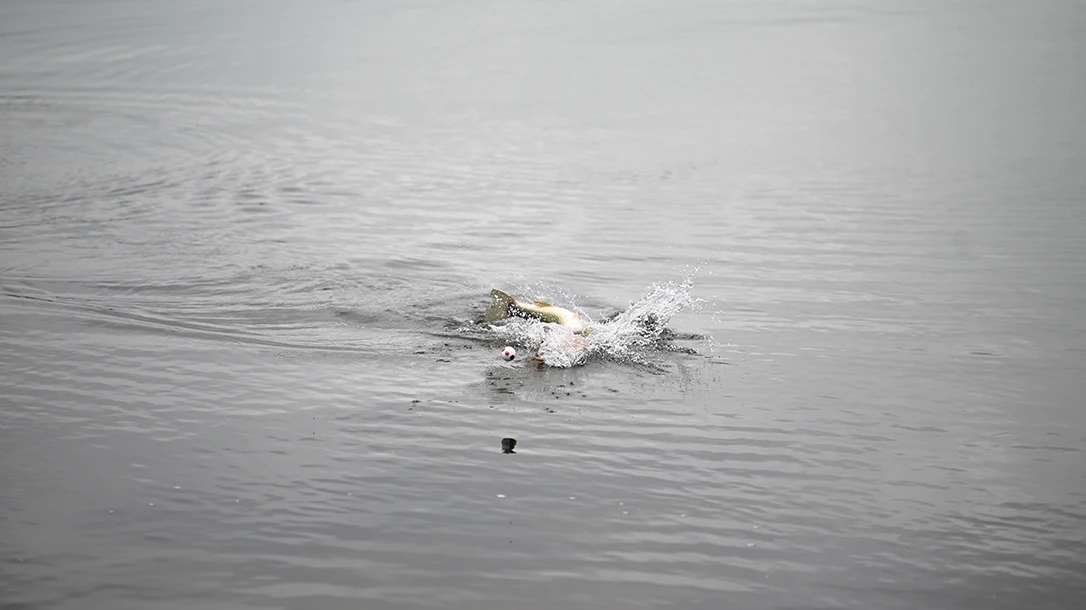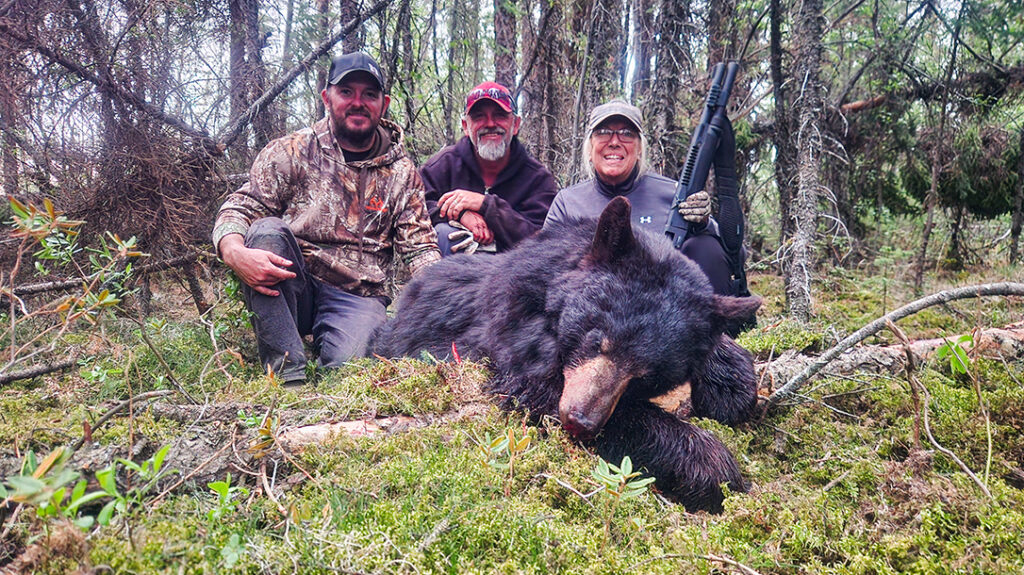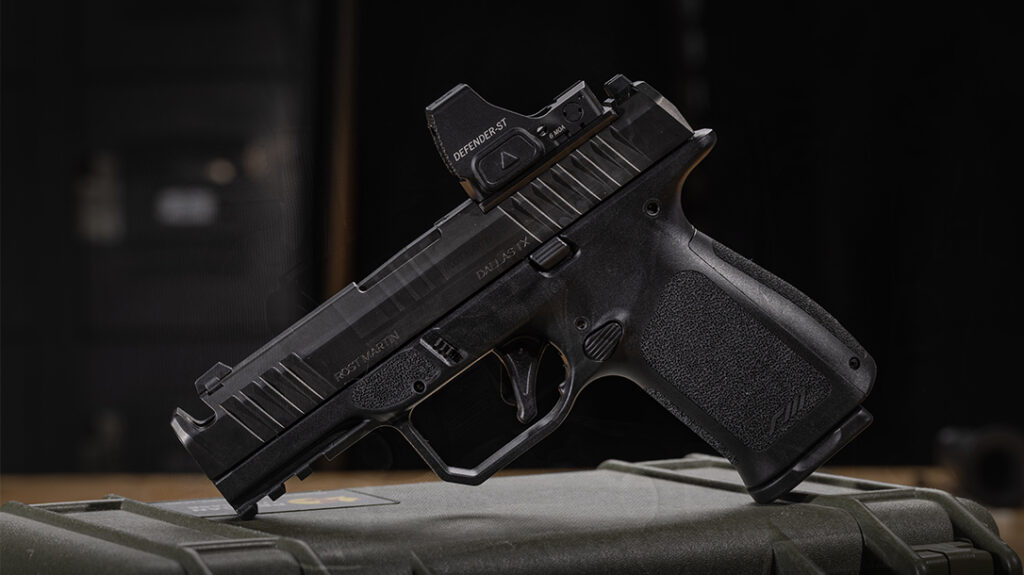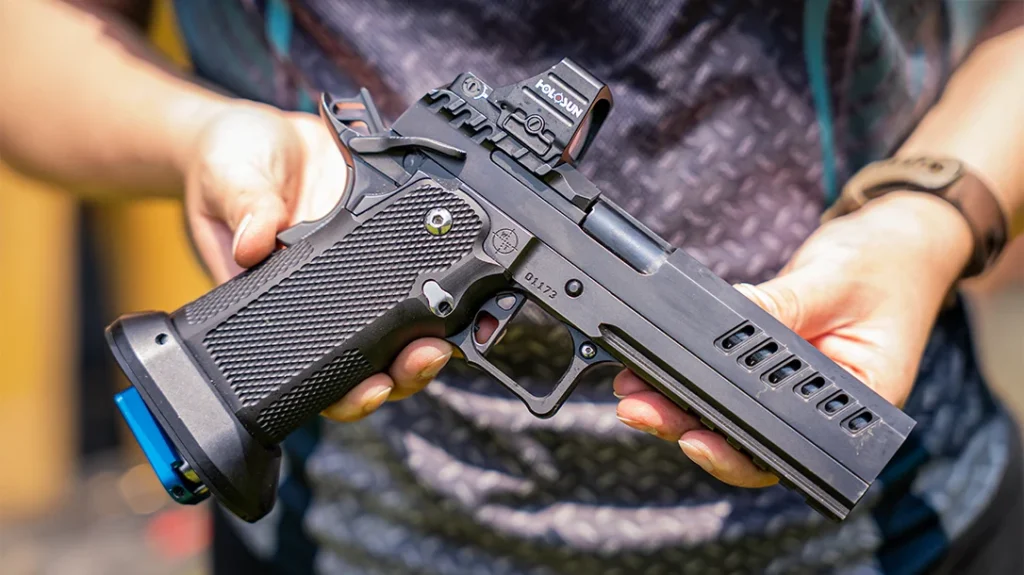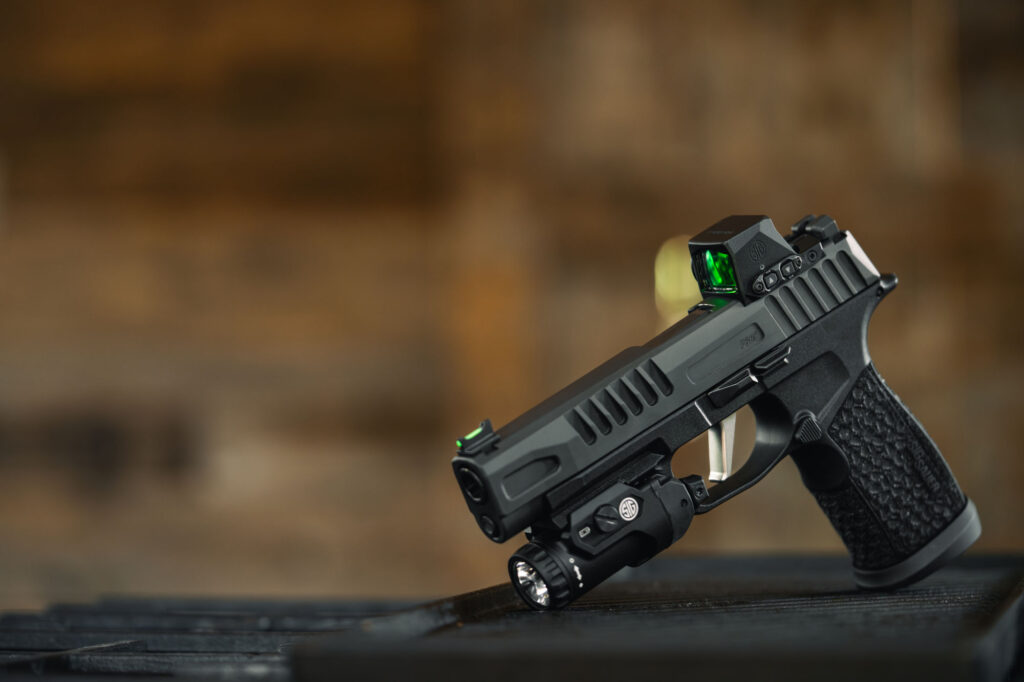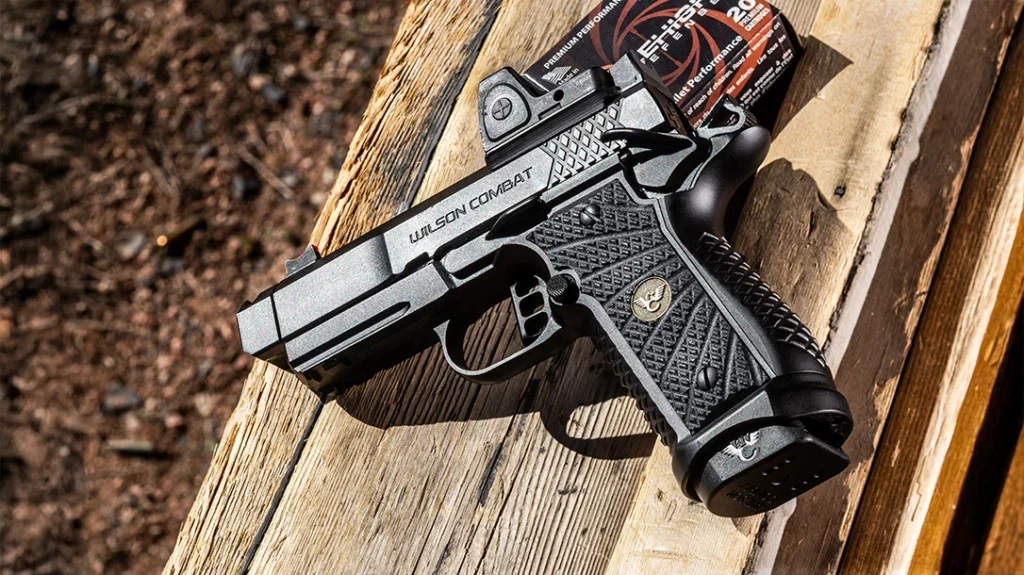We all remember when we first started fishing. We don’t always remember the first catch, what size the fish was or where we were, but we always remember who we were with. Whether it was our grandpa, dad, uncle, our friends or even our mothers, the memories we made in our first experience of learning how to fish always outweigh the biggest catch.
Worms & Bobbers — Not Just For Kids
Most of us started out fishing with whatever was around and available. From bread to corn to hot dogs we were like the MacGyver ‘s of Fishing at an early age. One thing we couldn’t deny though was lifting up a rock discovering a worm and using it for bait was always the best. Fortunately, things haven’t changed much, and all fish species still eat worms. Most people relate worm and bobber fishing to being for kids, but as a professional fisherman, I will tell you… They are just as fun and successful for adults too.
I stopped fishing with live worms to learn the techniques of artificial lures as an adult. When I started instructing kids and adults how to fish for the very first time, not only did I remember how much fun it really was to fish with a worm and bobber, but it also brought me back to when I first learned how to fish myself. I was quickly reminded that it still takes a lot of skill to locate the fish, set the hook correctly and find the right depth to use a worm and bobber. This technique quickly became one of the top forms of fishing for adults and kids. Fishing with a worm and bobber may seem like an elementary way to fish, but unless you have mastered it as an adult, I would suggest avoiding judging a book by its cover and also don’t judge a fisherman by his bobber.
Advertisement — Continue Reading Below

Let’s go back to the basics and start from the beginning. A bobber is a bait flotation device that not only keeps your bait suspended at a specific depth but also assists in alerting when fish are present and biting. A bobber will also make setting the hook much easier on some of the pickiest fish.
Types of Bobbers
The red and white plastic round bobbers are what we all think of when the word “bobber” is mentioned. These are traditionally “fixed bobbers.” Meaning that the depth is predetermined before casting and the length of the leader will stay the same unless you change the bobber height on the line.
Advertisement — Continue Reading Below
The other type of commonly used bobber is called a “slip bobber.” With a slip bobber, the line slips through the center of the bobber and the depth of the bait can fluctuate depending on you pulling the line back or letting more line out. The bobber is free floating around the line with this style. Both have their purposes and scenarios. Moving rivers are a good place for slip bobbers to be able to fluctuate the depth as it drifts while a fixed bobber is best for lakes and ponds where you can set the depth once and let it sit still in one place longer.

Why bobbers?
When to use a bobber is a very common question I am asked. Using a bobber will ensure that your bait is suspended at a specific depth for as long as you want it to be. If the fish are active at 12 inches below the surface, then you can make your leader 12 inches long and target the exact area the fish are in. Any depth is attainable and allows your bait to marinate a little longer to attract even the pickiest fish.
Advertisement — Continue Reading Below

Get The Worms
The number one bait for all fishing is a fresh nightcrawler worm. Now the size of the worm on your hook is depending on your target species. For example, if you want to target bass or walleye, you will want to use an entire worm on your hook versus fishing for smaller bluegill would require you to use a much smaller piece of worm and smaller
Most species will always prefer a small and easy target for their food. The smaller it is, the faster they can digest and not risk losing a battle with their prey. Worms allow them a bite size snack that they don’t have to chase. No work, easy to capture and small enough to digest quickly? Sounds like a great meal!
Advertisement — Continue Reading Below

For bass, I will use a larger bait holder hook around the 2/0 – 4/0 size. These will hold a full nightcrawler and have a large enough gap to secure a larger bass. For panfish or smaller mouthed species, I usually prefer a hook ranging from a much smaller #6 but up to a #4 hook. I then take a piece of a worm slightly larger than the gap of the hook and just big enough to fit into the fish’s mouth in one bite. Never use too much worm or leave too long of a tail hanging. This will lessen your hook up ratio with the fish mostly pulling the worms off the hooks versus biting right where the hook is instead.
If you keep losing worms with no catches, shorten the worm more and/or decrease your hook size.
Advertisement — Continue Reading Below

Hook Set!
One hidden plus of using a bobber is the hook set assistance. When a fish bites the bait and hook, the bobber gets pulled below the surface. Since the bobber is buoyant, this causes the bobber to pull towards the surface on its own and pull the hook up with it. This helps with simple hook sets and helps protect the fish and increase your hook up ratio.
Making Memories

Advertisement — Continue Reading Below
There is an old saying, “It is called fishing not catching,” for a reason. But with this method, you’re only increasing your odds of doing more catching than just fishing. This method of fishing will teach you patients, how to read different species, and how to have a great time on the water whether it’s your first time or just another trip on the lake. So go pick up your Bassquatch Hunter worms from DMF Baits at your local store and go make some memories.
